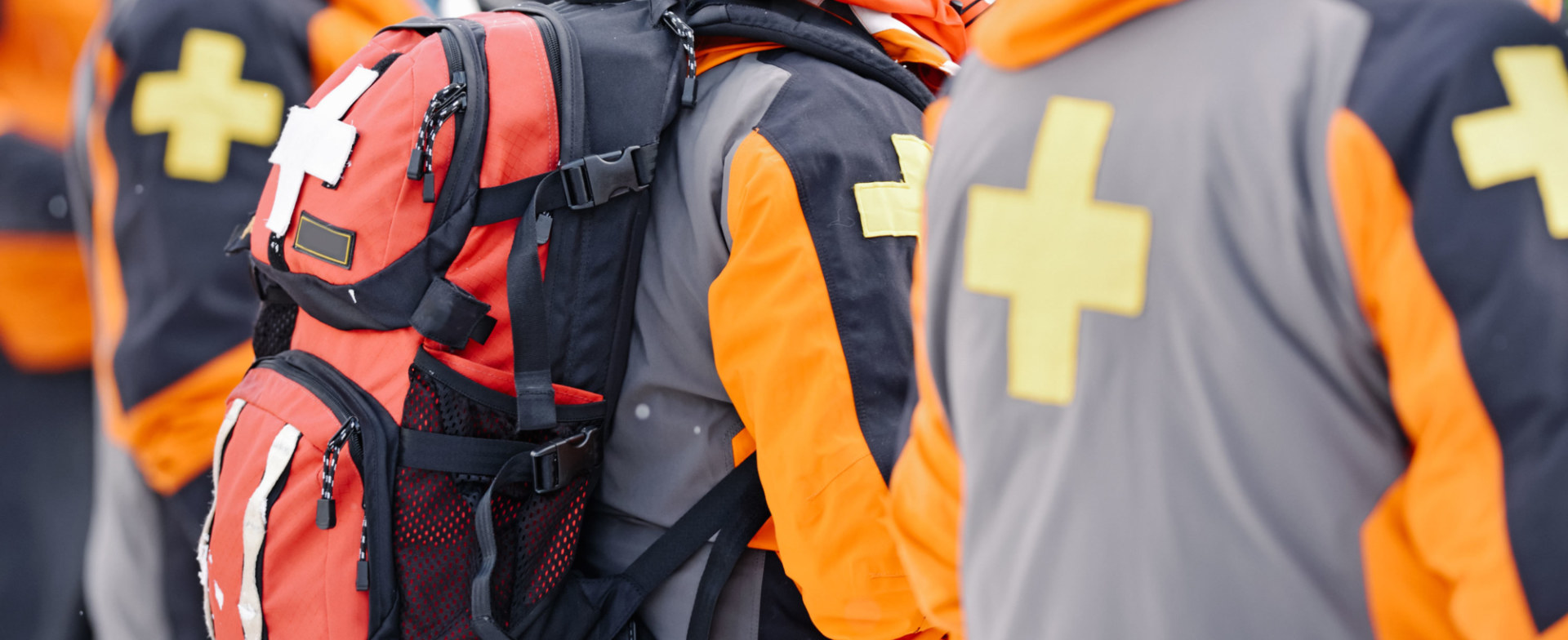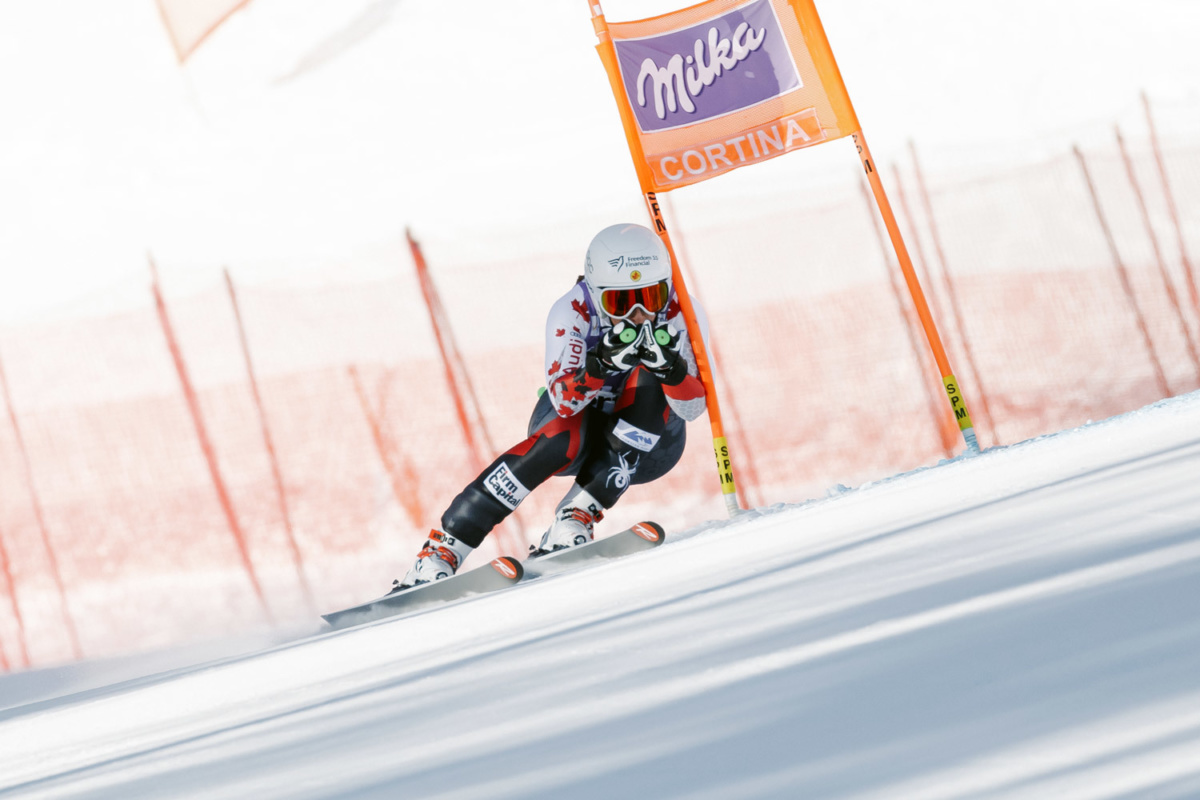Recovering from skiing injuries

Votes:
Regaining your confidence after a skiing injury
No matter your ski experience, I’m sure you have fallen while skiing, after all, we all do. Becoming a better skier means trying new things, and invariable you will fall.
After we take a fall, we all know what it’s like to get the wind knocked out of us, and this can take a toll on our confidence. Even if you are lucky, and do not injure yourself when you fall, you might need to undergo a surgical repair for a worn-out body part from years of being active on the slopes.
Albert Einstein
“A person who never made a mistake never tried anything new.”
We rehab after a surgery with physio, massage...
Regardless of the reason for your injury, medical experts are unanimous that some form of rehabilitation (e.g., physical therapy, massage) is essential to you regaining your pre-injury functioning. Science tells us that these rehab services, in conjunction with a rapid return to our pre-injury level of activity is critical to our recovery.
What about our emotional rehab?
To understand what recovery can mean, I introduce you to the story of retired Canadian ski racer Larisa Yurkiw. In my own ski training, I have been fortunate to ski with Larisa, one of Canada’s most decorated alpine racers, reaching the podium in several World Cup events.
On the eve of the 2010 Vancouver Olympics, Larisa crashed and sustained multiple injuries to her left knee, requiring multiple surgeries and extensive rehabilitation. Over the next 4 years she launched a massive rehabilitation effort to regain her spot on the Canadian team for the Sochi Olympics, achieving a very respectable 20th place finish in the Olympic downhill.
In talking and skiing with Larisa, I realized she was one of the most physically (and emotionally), capable people I have ever met. During our chats on the chairlift, I often asked myself, what internal confidence did she have to harness to return so strongly?
As a practicing clinical psychologist, I knew Larisa’s emotional and psychological strength was primarily responsible for her miraculous recovery. Her physical rehab only helped her part of the way. Little did I know that I would have to exploit my own emotional and psychological resources in the months to come.

Larisa competing at the FIS downhill world cup Cortina, 2016
"Simply approaching things causes our anxiety to reduce."
My own traumatic story
I dropped Larisa off at the airport in February 2018, and in less than a week, I sustained my own ski-related trauma. On Valentine’s day a ski instructor friend texted me to ask if I would teach his adult ski improvement class that day, as he was caught out of town by weather.
It was a great bluebird day to teach, sunny and clear, but cold enough for the high-pressure snow guns to be churning out huge mounds of snow. Although my class ended at 11:30, a few of my participants petitioned me to take one more run. We can all see where this is going.
As we skied down Sissy (yes, ironically that was the run), I was working on building pressure under my skis and enjoying the rush of the skis releasing, as they moved energetically into the next curve. Unbeknownst to me, some of the sticky man-made snow had been creeping into the center of the trail throughout the morning. As my skis loaded on the freshly blown snow, they stopped abruptly, my body rapidly moved forward, and I suddenly found myself airborne. I came to a screeching halt on my right shoulder, as my clavicle took the entire impact of my fall. I knew immediately that I had fractured my right clavicle, as I had fractured my left one in 2014, while on a mountain scooter (two words that should probably never be used in the same sentence).
Ironically, the following Monday I was scheduled to see the orthopedic surgeon, who was going to repair the non-union fracture on my left-side after ski-season was over. The plan was changed, and in early March, I underwent surgery and became the proud owner of the hardware shown in this picture.
Like Larisa, minus to the Olympian fortitude, and plus 25 years, I found myself facing a long recovery. Six weeks of living in a sling, sleeping on my side, and not exercising took a toll on my body, and mind. I needed to regain my mobility, my confidence, I needed to rehab, and I turned my attention to the 2019 ski season.
When I was back on snow in December 2018, I felt timid and afraid to fall again. After all, I love skiing and I did not want to re-injure my freshly healed bone and repeat the past season. Sadly, my skiing was crippled emotionally.
Laurie Todd
"Skiing is a mental game."
CARV blog contributor, Laurie Todd, writes of this confidence issue is his 2019 blog, How to be a Better Skier. Laurie notes, we need to commit 100%, as skiing is a mental game.
“Skiing defensively puts you off balance. This means less control and more work for your muscles. Worst of all, it takes away the best feeling in skiing – letting the skis glide.”
Laurie Todd, CSIA Level 4
As a practicing psychologist, I knew full well the dangers of skiing defensively. My skiing in the 2019 ski season was often tentative, and although I occasionally found my rhythm, I had a lingering fear of falling in the back of my mind.
PTSD skiing
To those of you that read my previous blog about overcoming fear in skiing, I knew the benefit of approaching and overcoming my fear, at least in my thinking brain. However, my emotional brain was trying desperately to protect me from another fall that could signal the end of my skiing days. My emotional brain was ringing a never-ending alarm, “Don’t fall again”.
"My emotional brain was ringing a never-ending alarm, “Don’t fall again”."
My son, an accomplished skier/racer and undergraduate student in psychology occasionally skis with me and coined the term “PTSD skiing.” As many of you know, PTSD stands for post-traumatic stress disorder and is normally reserved to categorize those people who have faced a life-threatening event.
As a clinician, I reflected upon the DSM-5 (Diagnostic and Statistical Manual of Mental disorders - Fifth Edition) criteria for a PTSD diagnosis. I started to realize my was right. I had experienced a serious injury, I suffered from intrusive thoughts (about falling again), and I would sometimes experience a marked physiological distress when faced with the feelings associated with the fall. I did meet many of the criteria associated with PTSD. Why couldn’t a person have PTSD after a serious sporting accident I asked myself?
Our confidence can be shaken by skiing injuries
Then I started to think about the downside of re-assurance by others. As a psychologist, I knew that external reinforcement, while helpful in building confidence, does not always instill confidence.
It reminded me of the children I often saw entering the primary school where my son attended. I recalled seeing anxious 5-year-olds, trying to enter the building, only to look back see a tearful parent and then turn quickly around to seek reassurance from mom or dad that all would be OK inside that scary building.
I realized their anxious 5-year-old emotional brains only got more anxious, with tentative external reinforcement from weepy moms and dads. In stark contrast, my wife and I watched our son march in the door when it was his turn, and once we said our goodbyes, we both went to a local coffee shop where we wept and held each other’s hands away from his impressionable emotional system. We knew that showing our son our fear, would only add to his own fear, over the short and long-term.
Reducing anxiety with instant feedback
“Eureka,” I thought. If I ever hope to return to my pre-injury confidence level solely by seeking the reassurance from my surgeon that I was OK to ski, or from my ski buddies that my skiing was looking good, I was doomed to fail.
Rather serendipitously, I came across an online ad for Carv, a digital ski coach that claimed to “give you the tools of an Olympic-level instructor.” Even more importantly, the Carv system touted real-time feedback and a promise to generate a ski profile that would provide direction for improvement. As a psychologist, I knew that any system that could provide internal feedback including one regarding my skiing would be far superior than any form of external feedback I might ever be able to gather. Internal feedback is essential in overcoming anxiety.
I started using Carv in January 2020 and consider it the single most important tool in my ski injury rehabilitation. The numbers don’t lie. As long as I listened to Carv's internal feedback and reassured myself of my skiing, my SKI IQ increased and remained remarkably consistent. In fact I skied better after my injury, than before.
Sadly, COVID-19 ended my season prematurely, as it did for us all. I can honestly attest that, without CARV, I don't believe I would have ever regained my skiing mojo, ever!
"I started using Carv in January 2020 and consider it the single most important tool in my ski injury rehabilitation."
Carv Tip: Dialling in your Balance
Part of the challenge of recovering from skiing injuries is the hesitancy and caution that creeps into your technique - making it harder to get in control of the skis. Carv's 4 modes have been specifically designed to re-engineer the learning process around instant feedback.
- Check your Balance score in the Run Summary. Is it lower than your other skills?
- If so, try out Balance Training to work on keeping a centred stance. Carv will give you turn-by-turn audio feedback so you can gain the confidence to find your feet again.
- Check out our article below on Proper Ski Stance and Posture to brush up on the basics.

Written by: Dr. S. Gerald Hann
Clinical Psychologist, Level 2 CSIA Instructor
I am proud that I have worked for almost 30 years as a clinical psychologist and have been skiing for 35 years. That should tell you each pursuit is an equal passion, and I am conflicted (in a good way) as to which makes me happiest.
I consider myself an expert in understanding emotional process. I hold a CSIA Level 2 and I am working diligently on achieving my CSIA Level 3. When I played the younger man’s game, I was a hurdler and coached elite athletes in sprints and hurdles. I even taught physical education to a future Olympian. I believe that the insights offered by CARV are an integral part of synthesizing behavioral science into ski development and can allow us to ski in a way that captures our younger years!


